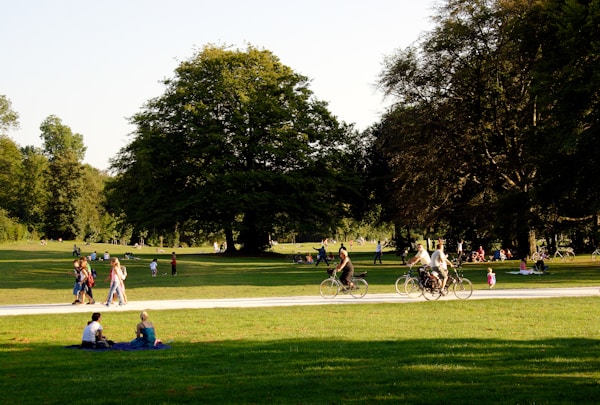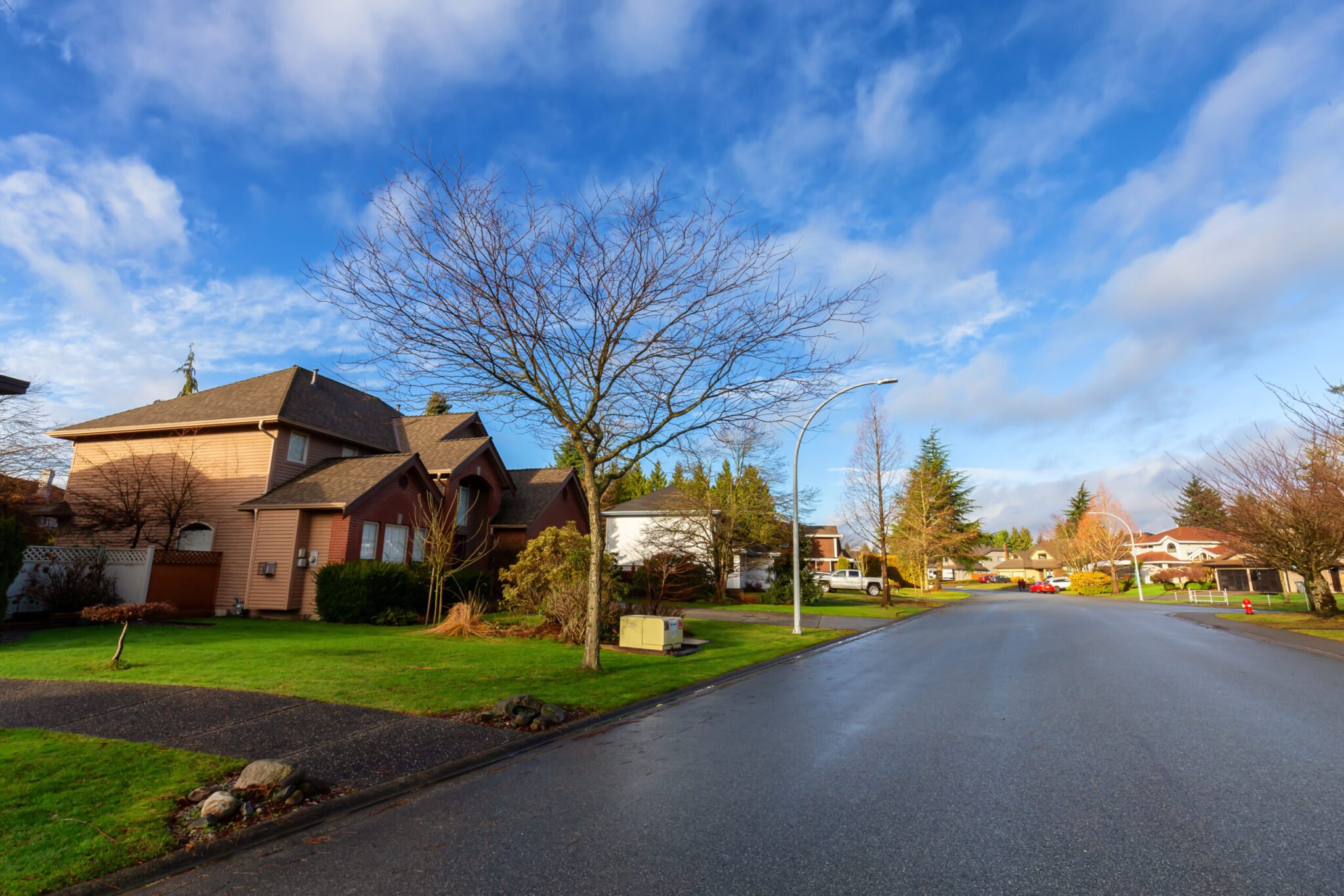Choosing the right neighborhood for your new home is an essential factor in achieving a happy and comfortable living experience. With various aspects to consider such as safety, schools, accessibility to essential amenities, and the kind of people in the area, it could be overwhelming to make a decision. However, knowing your priorities and asking the right questions will significantly help in finding your ideal location. In this article, we discuss crucial factors to take into account when selecting a suitable neighborhood and tips on settling into a new home seamlessly.
Research on Schools and Education Facilities

For families with children or are planning to have children, the accessibility and quality of educational institutions in the neighborhood should be a vital concern. A neighborhood with excellent schools not only shapes the future of your children but also positively affects your property’s long-term value. Start by researching nearby schools, their curriculum, academic performance, and extracurricular activities. Consider visiting the schools, speaking to the school administrators, and gauging the quality of the learning environment.
Besides primary and secondary education, you may want to check the surrounding areas for higher learning institutions, vocational schools, or other specialized learning centers. Doing so will give you a bigger picture of the entire educational landscape and opportunities available for your children in the future.
Moreover, don’t limit your search to traditional educational institutions. Neighborhoods with museums, libraries, and other cultural centers also offer an enriching environment for your children to learn and grow. This further improves the overall living experience for you and your family.
Assessing the Safety and Crime Rate
A safe environment is undoubtedly at the top of everyone’s priority list when choosing a neighborhood. Begin your research by consulting local crime reports and statistics to have an idea of what types of crimes are prevalent in the area. It is also advisable to visit the location at different times of the day and talk to local law enforcement officers and residents to get firsthand information on the area’s safety.
Furthermore, consider looking into the neighborhood watch programs and community groups that may be operating within the community. Participation in these programs demonstrates residents’ commitment to maintaining a secure and harmonious environment for everyone.
Finally, make a thorough evaluation of the physical surroundings. Well-maintained street lighting, adequate sidewalks, and visible street signs are an indication of a safe and reliable neighborhood. You could also go the extra mile by installing additional security features like residential awnings for extra protection and privacy.
Amenities and Proximity to Important Facilities
When choosing a neighborhood, it is essential to consider the proximity of essential facilities and services such as grocery stores, recreational centers, gyms, healthcare providers, and parks. The availability of these amenities will directly impact your quality of life and have long-term implications on your finances and transportation needs.
Take note of the available public transportation options within the area, such as buses, trains, or bike lanes. Accessibility to public transportation can save considerable time and money and even reduce your carbon footprint.
Lastly, don’t overlook the importance of leisure activities and entertainment options in the neighborhood. You would want a balance between work and fun, so having restaurants, movie theaters, or shopping malls within reach contributes positively to your lifestyle and overall satisfaction.
Exploring Active Living Options and Opportunities

Many homebuyers nowadays give priority to active living options in their search for a perfect neighborhood. Green spaces, parks, and walking trails provide opportunities to stay fit and healthy, and they contribute to a strong sense of community in the neighborhood. It is essential to explore these features when selecting your ideal community.
Additionally, consider the available opportunities for socialization and mingling with the community. Special events, outdoor activities, and residents’ participation in various groups can shape your experiences and interactions within the neighborhood. Therefore, it’s crucial to choose an area that suits your personality, hobbies, and preferences.
For homebuyers searching for a blend of comfort and activity in their neighborhood, consider exploring active adult living options. These communities cater to adults aged 55 and above, offering a combination of privacy, accessibility to essential amenities, and a secure environment with plenty of activities to keep everyone engaged.
Altogether, by taking these factors into account while choosing a neighborhood, you can ensure a comfortable and fulfilling life for you and your family. An ideal neighborhood should cater to your specific needs, preferences, and long-term goals, so taking the time to research and visit prospective locations is a worthwhile investment in your future happiness.








